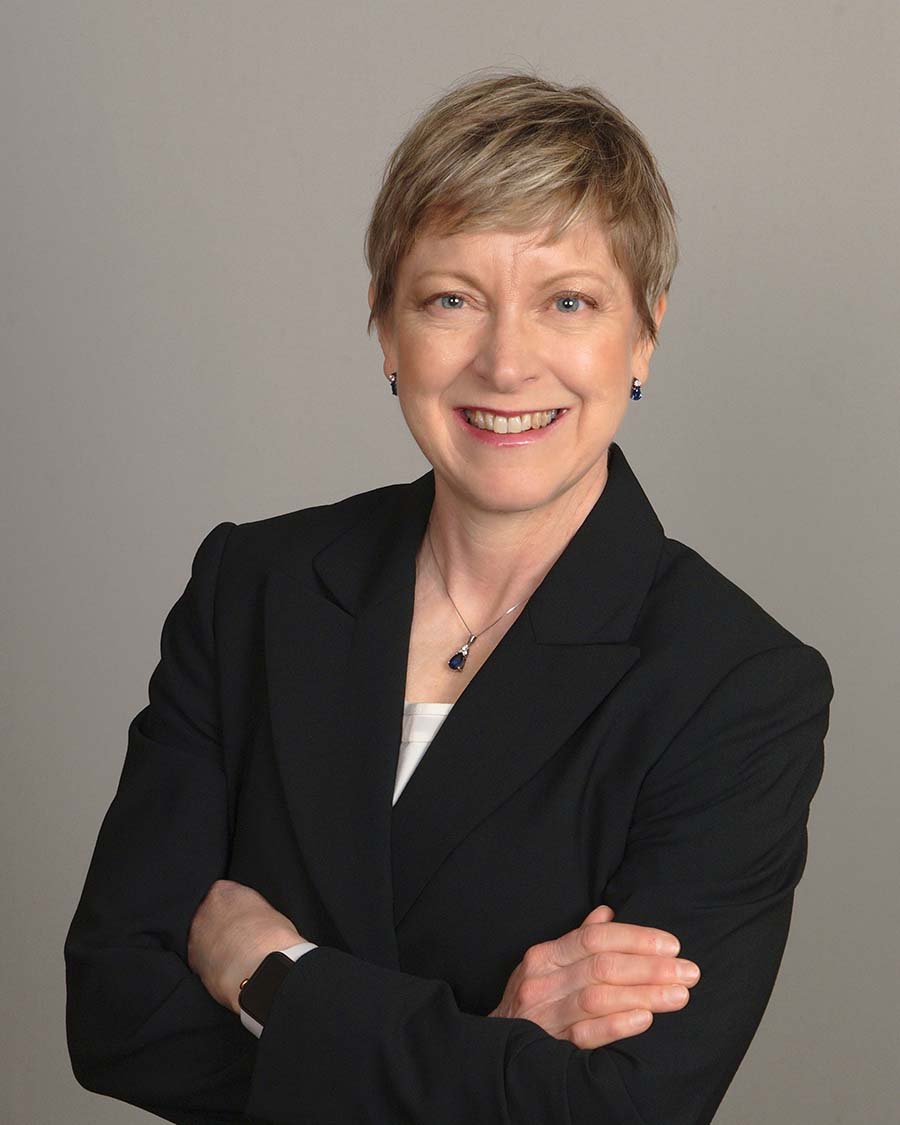Exploring Transiting Exoplanet Atmospheres with the James Webb Space Telescope
Dr. Dana Louie
Roman Space Telescope Wide-Field Instrument Integration & Test Research Scientist
The Catholic University of America, Physics Department
NASA Goddard Space Flight Center
CRESST
Wed, April 9, 2025 - 4:00 PM
In Hannan 108 (Auditorium) Since beginning its science mission in 2022, the James Webb Space Telescope (JWST) has capitalized upon its broad wavelength coverage and exquisite precision to revolutionize the characterization of exoplanet atmospheres. Webb was conceived in 1989, a year before Hubble’s launch, and before humanity had even confirmed a single exoplanet discovery. The telescope’s infrared light collecting capabilities were originally designed to capture light from the earliest galaxies at high redshift. Now, more than 30 years later, we know of almost 6,000 confirmed exoplanets! Serendipitously, these same infrared wavelengths of light allow scientists to probe some exoplanet atmospheres in search of signatures from molecules such as water vapor, methane, and carbon dioxide, and have revealed new and unexpected chemistry at work.
Since beginning its science mission in 2022, the James Webb Space Telescope (JWST) has capitalized upon its broad wavelength coverage and exquisite precision to revolutionize the characterization of exoplanet atmospheres. Webb was conceived in 1989, a year before Hubble’s launch, and before humanity had even confirmed a single exoplanet discovery. The telescope’s infrared light collecting capabilities were originally designed to capture light from the earliest galaxies at high redshift. Now, more than 30 years later, we know of almost 6,000 confirmed exoplanets! Serendipitously, these same infrared wavelengths of light allow scientists to probe some exoplanet atmospheres in search of signatures from molecules such as water vapor, methane, and carbon dioxide, and have revealed new and unexpected chemistry at work.
This talk will showcase a few of the key discoveries made through observations of transiting exoplanets, with emphasis on the JWST Telescope Scientist Team (JWST-TST) Deep Reconnaissance of Exoplanet Atmospheres through Multi-instrument Spectroscopy (DREAMS). In particular, I will describe the 76-hr Cycle 1 program to observe the hot Jupiter WASP-17b using 3 JWST instruments spanning 0.6-12 microns.
Dr. Louie will compare new JWST observations to previous state-of-the-art Hubble and Spitzer observations, and will also highlight complementary UV observations from Hubble.
If you have any questions about the Colloquium Series, would like to request disability accommodations or would like to make a donation please contact the Physics Department, cua-physics@cua.edu or call (202) 319-5315.
